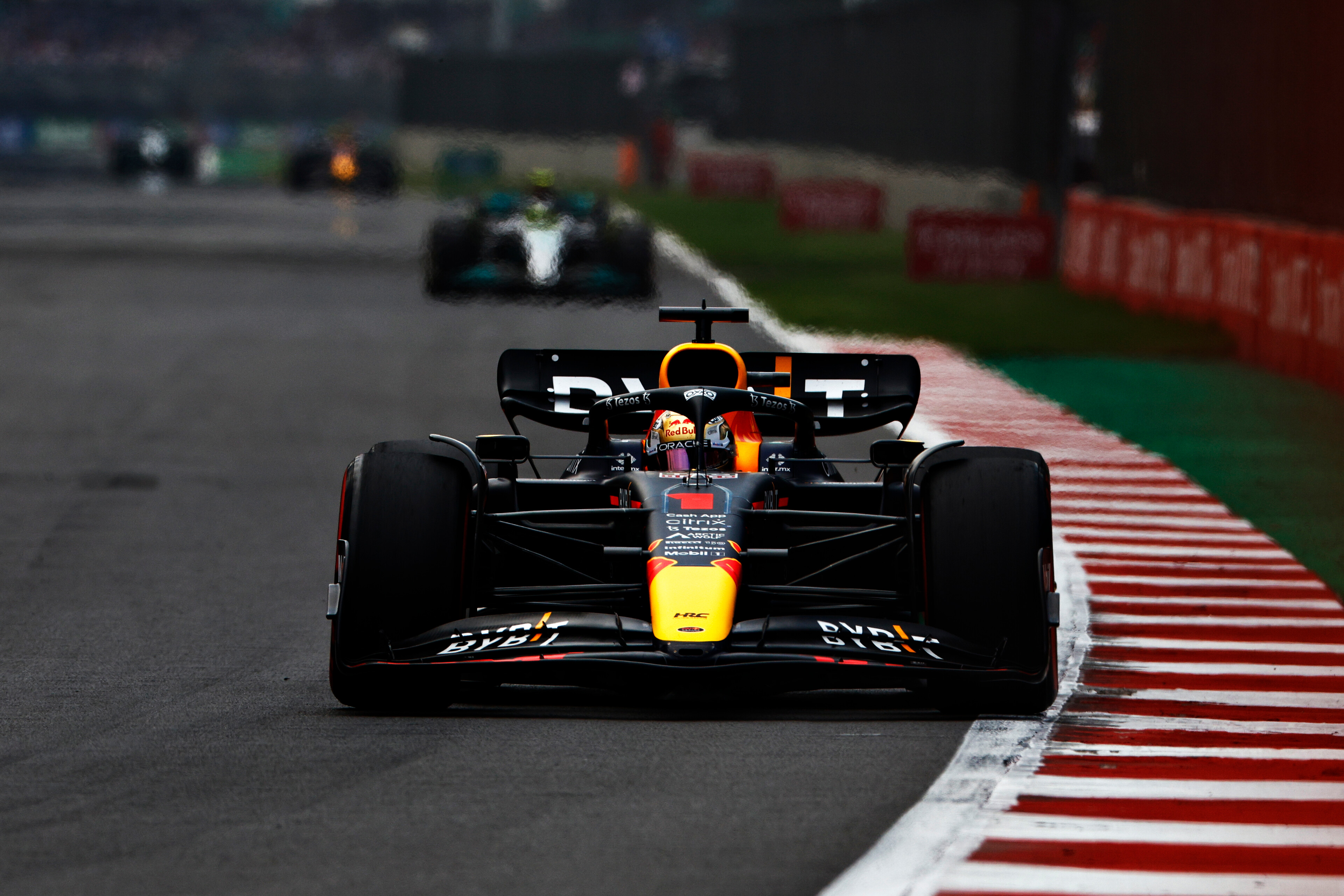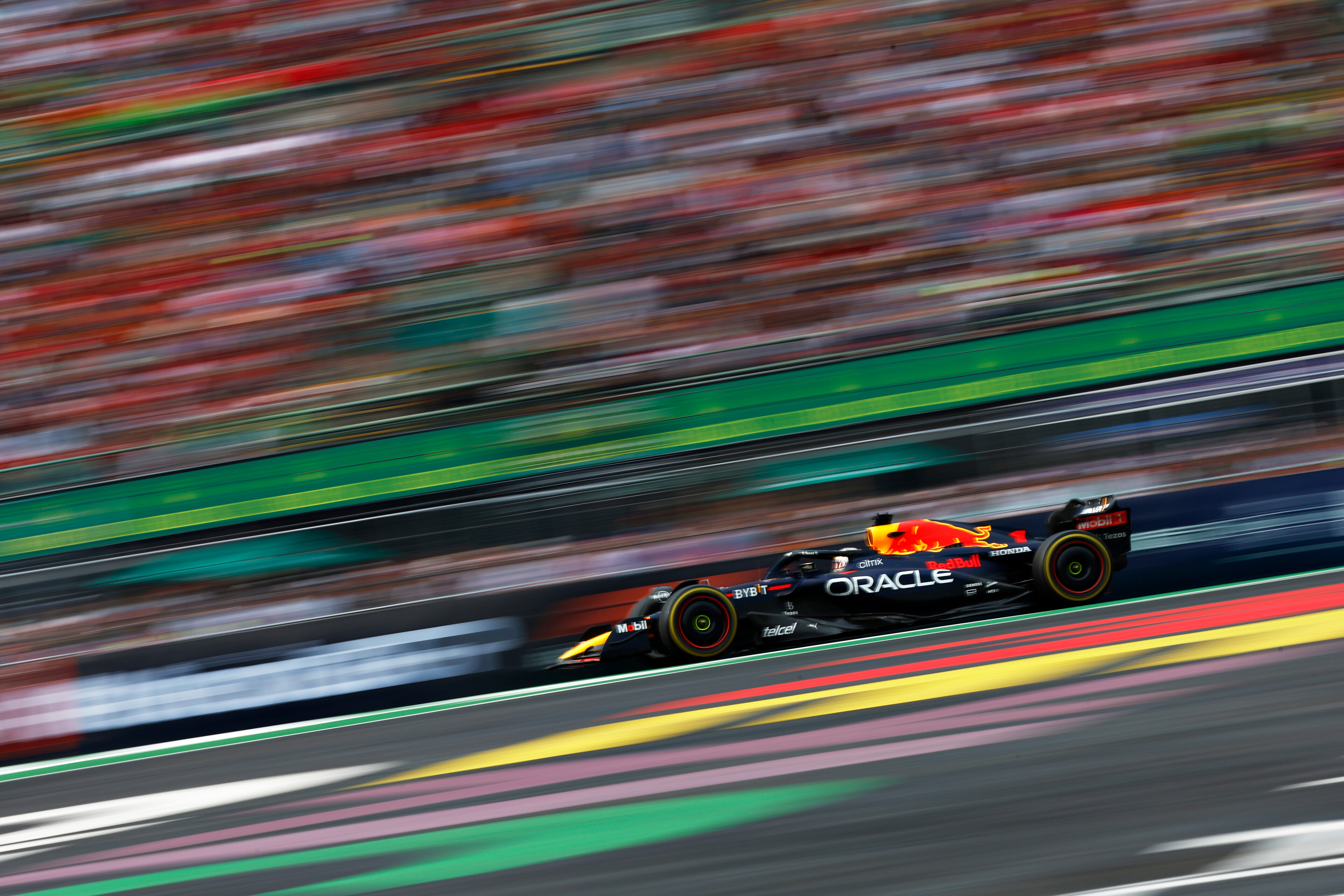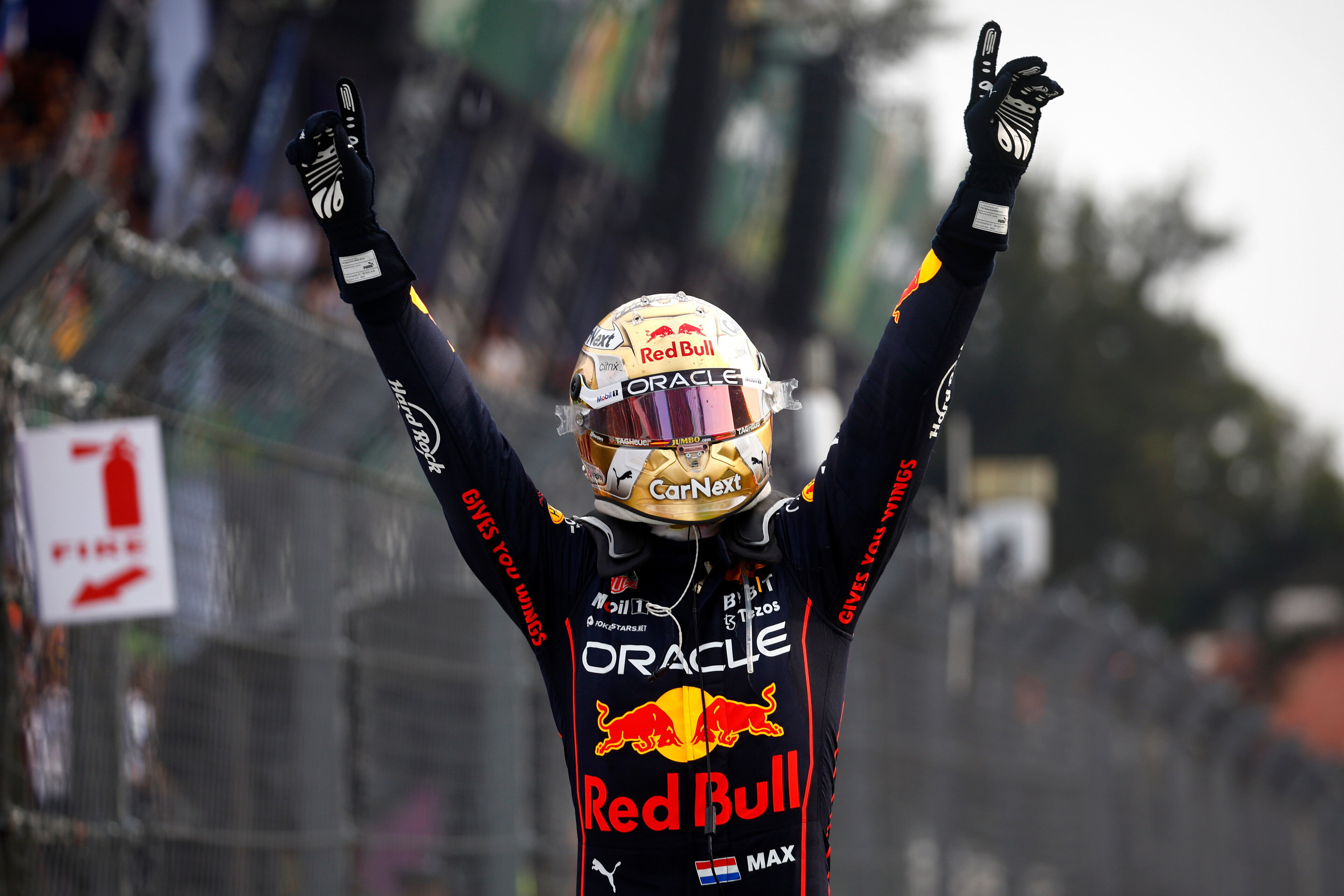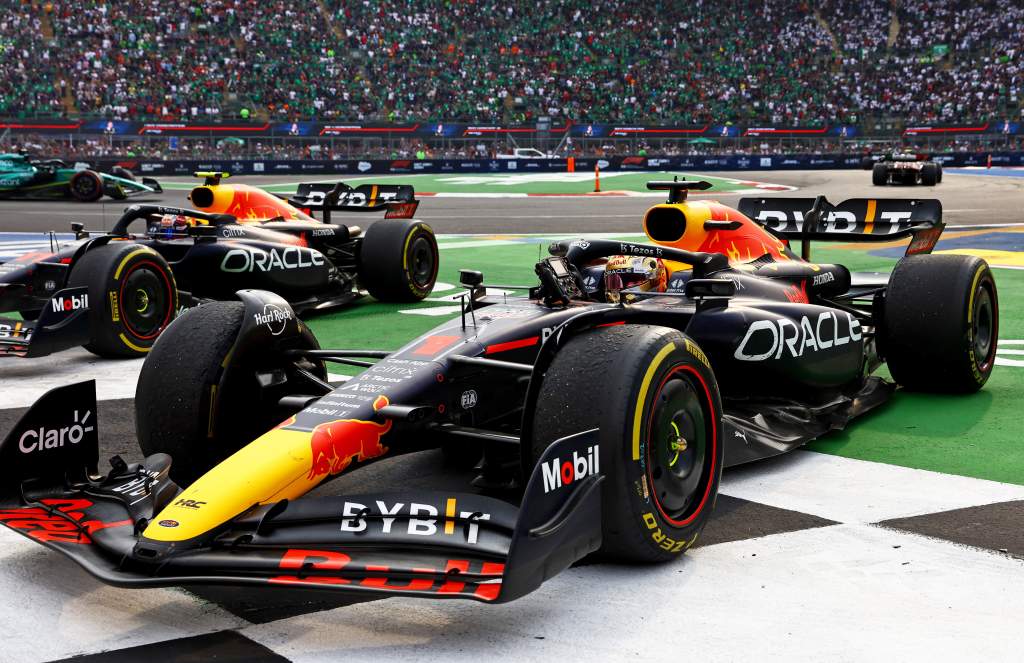Up Next

Max Verstappen’s record-breaking 14th victory in the 2022 Formula 1 season came down to something that he talked about after his ninth.
“It’s not only today, I think I’m always good on tyres,” Verstappen said at the Belgian Grand Prix, when asked about how well he had managed his Pirellis in an extended opening stint on softs.
“Maybe people don’t look at it.”
Just as that win at Spa required a gentle touch to manage the softs and make a one-stop strategy work effectively, so too did his Mexican Grand Prix win last weekend.
The implication with Verstappen’s answer at Spa, obviously, was that when the likes of Sergio Perez and Lewis Hamilton get hailed as tyre whisperers, Verstappen’s own skill in this regard is underrated.
He was right, though. Verstappen’s headline qualities are his speed and his aggression. But he is a much more refined driver than that.
Tyre management is one of F1’s unsexy skills and can sometimes be dismissed as a particularly negative aspect of ‘modern F1’ – as if it was never a factor in years gone by.

It is a crucial skill. And it is no coincidence that the same drivers tend to excel in this area – with Verstappen certainly among them.
Verstappen’s tyre management has won him races before this. His first victory in Spain in 2016, on his Red Bull debut, is a favoured example. In Austria in 2018 he drove cleverly by lifting slightly through the high-speed corners to put a little less energy into them and avoid the blistering issues that struck then-team-mate Ricciardo and Hamilton. That year he also obliterated Ricciardo in Mexico, where he has now won four times, pulling a full pitstop on him despite managing his laptimes and his tyres after grabbing the lead at the start.
This year has provided different case studies. If there is a specific ‘modern F1’ demand it is that the working range of the Pirellis requires the tyre to be brought in carefully or they will not last as long as they should.
Those who truly get on top of this have a wonderful sensitivity. They feel the tyre underneath them and usually know how hard they can push without taking it too far. At the same time, if they do wander into some tyre strife, they can get it back under control.
For instance, this helped Verstappen win the United States Grand Prix, where after losing time in his pitstop he had to work the tyres harder than he’d have liked running in the dirty air of the Ferrari of Charles Leclerc, and then passing it.
By his own admission “I damaged my tyres a little bit too much in the beginning of that new tyre set”, and that meant Verstappen had to be restrained in his chase of Hamilton to recover the tyres. Which he did, and then he pushed, and then caught Hamilton, and then he passed him to win.

Verstappen has more patience in certain scenarios than he is given credit for, aided by the growing confidence he’s had that the car will have enough pace once the tyres are where they need to be. This was the case in Mexico, a race that demands a lot of discipline.
While the soft-medium strategy didn’t seem to be seriously on many people’s radar, Red Bull was confident it was possible because it had two drivers capable of making it work.
Even when Verstappen looked occasionally vulnerable to Hamilton’s chasing Mercedes, he always managed to keep it at arm’s length. “I never really felt like I was under pressure, I was just managing my tyres to get through that number of laps,” he said.
Once Verstappen got a good idea of what the softs could handle he pushed to build his lead to over two seconds and that gave him a buffer as the tyres started to fall away right at the end of the stint. But he had done enough to make the long run on mediums realistic.
“It was still a question mark,” Verstappen said, but within a few laps he had the feeling he needed to get to the end. Which he did.
It was an achievement against Mercedes’ initial expectations but in keeping with Verstappen’s proficiency at not abusing the tyre, and therefore another example of what Red Bull team boss Christian Horner believes Verstappen has been “masterful” at this year.

“When you see how he’s playing with the tools that he has available to him within the car, he’s constantly on top of them,” said Horner.
“You hear the banter between him and his engineer, and he’s got a tremendous feel for what the tyres need and what they don’t need, and it’s something he’s developed.
“He’s always been strong at it but I think this year he’s been exceptional.”





